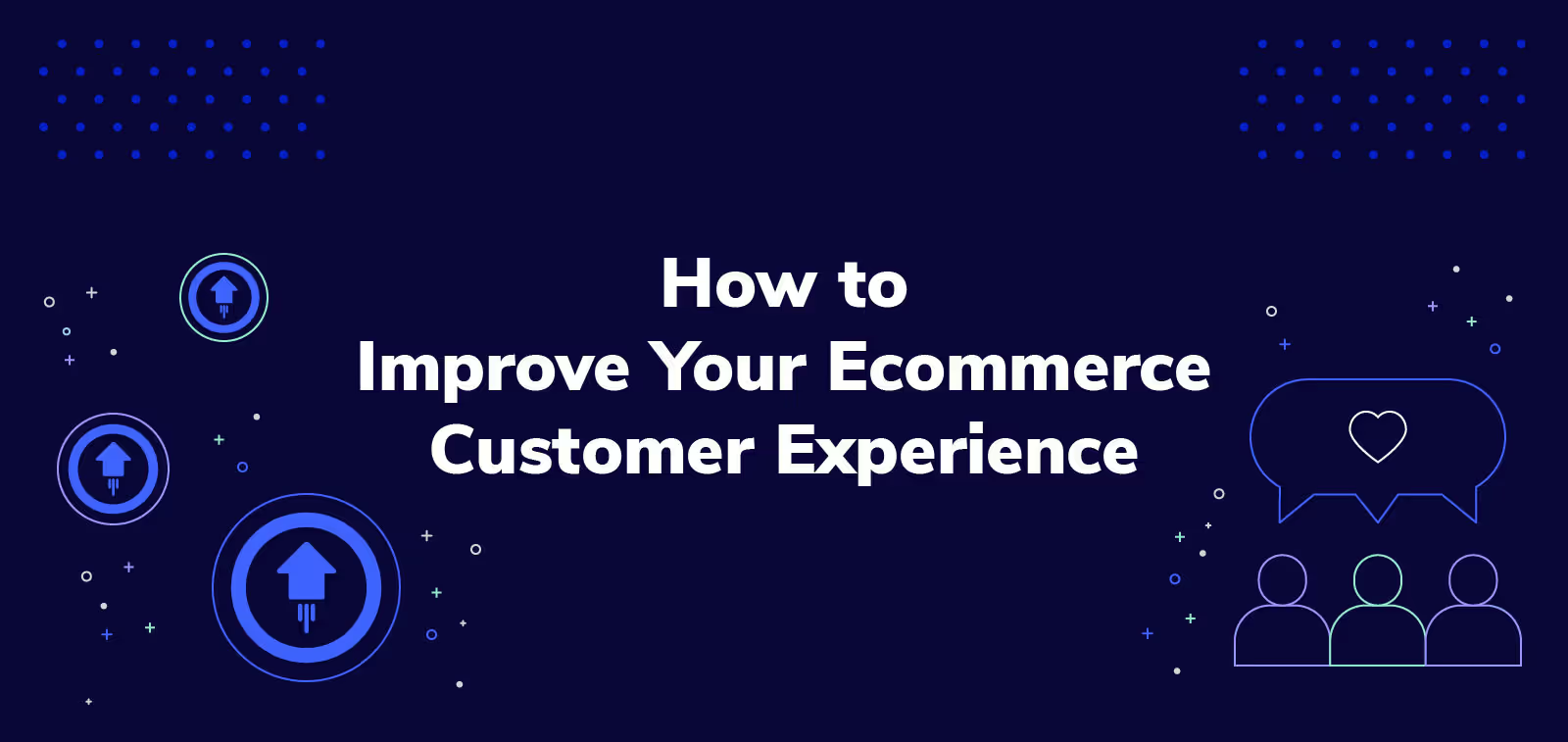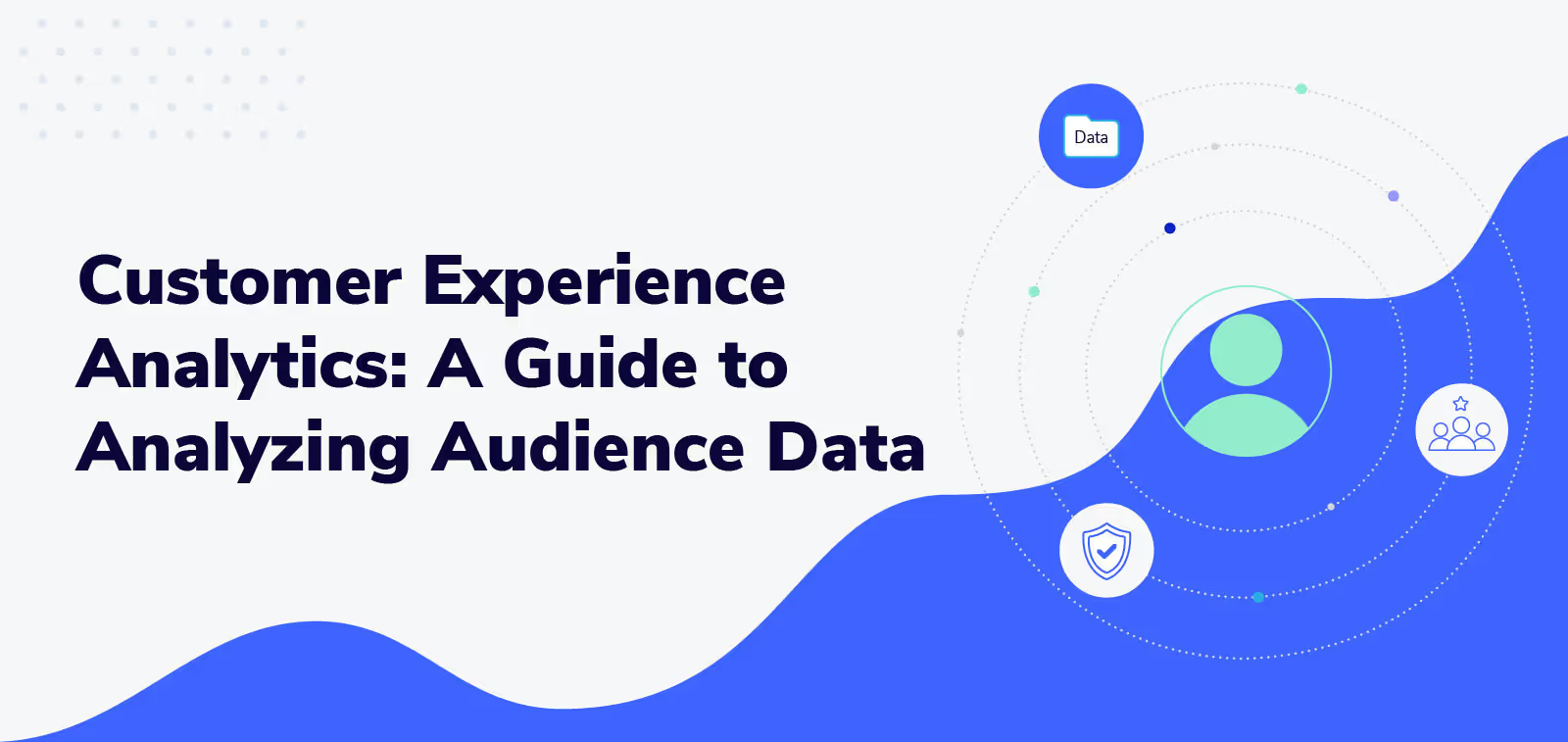Post-Purchase Behavior: What It Is and How to Influence It

A first date might go really well. But if you wait too long to reach out, your date might think you’ve lost interest, and they’ll move on.
Post-purchase behavior is similar to post-date behavior. When a consumer clicks the “buy” button, what you do next heavily influences whether you retain that customer or lose them to other retailers.
The key is understanding what a customer feels after they make a purchase — from excitement to regret — and responding in a way that encourages customer retention.
Gain control over post-purchase behavior with these 6 tips. We'll break down how you can nudge your customers toward a repeat purchase decision by factoring in their post-sale emotions.
What is post-purchase behavior?
Post-purchase behavior is any customer interaction with a brand that takes place after a sale.
Turn order confirmations into email campaigns
Order confirmation emails or SMS notifications are the first post-purchase point of contact between your online store and the customer. These messages help ecommerce businesses reassure customers that they made the right buying decision and encourage their future business.
Customers seem to appreciate these confirmations based on their engagement with such emails. Marketing automation platform Omnisend polled their clients and found that order confirmation email flows generated 85% higher click rates and 3.8 times more sales.
Order confirmation campaigns can span several post-purchase emails. You may have to run some tests to figure out the right number of emails to send and which content will get the most engagement.
With that said, your order confirmation emails should always include product tracking. Verte learned that 39% of US consumers track packages once a day, and 19% of US consumers track packages “multiple times each day.” Another study from OptimoRoute found that nearly 25% of consumers are “extremely likely to return to a brand that provides real-time order tracking.”
Furniture ecommerce brand Joybird’s onboarding campaign goes a step further. Along with sending tracking info, the brand includes a video about the delivery process and a promotion for Joybird’s referral program.

If all goes according to what the delivery video lays out — and the customer likes the product — Joybird may just get a referral thanks to the promotion in their order confirmation email.
Over-communicate about your returns process
Though often necessary, returns are a post-purchase behavior most customers would rather avoid. But if you’re transparent about your return policy, you can offset disappointment and turn the exchange into a positive experience.
On the flip side, a murky return policy might lead customers to feel post-purchase dissonance, a form of buyer’s remorse. According to a 2022 Slickdeals survey, 31% of buyers experienced regret after learning they had to pay for return shipping.
Consumers want free returns, but free isn’t always financially feasible for brands — especially with consumers expected to return $816 billion worth of merchandise purchased in 2022 alone. A transparent return policy is the next best thing.
Craft your ecommerce experience to draw customers’ attention to your return policy so they’re not taken by surprise. RealTruck includes a “Returns” link containing their policy in their website header and footer so it’s easy to access.

Along with linking on your site’s header and footer, you can also include a link to your return policy in your order confirmation email. Of course, you don't want to kill customers' post-purchase excitement with the idea that a return might be necessary. But some upfront transparency is better than risking post-purchase cognitive dissonance.
Encourage user-generated content (UGC) on social media
While you can’t fully control what customers post on social media, you can incentivize happy customers to showcase their positive experiences. This post-purchase behavior pays it forward by building trust and encouraging new customers to buy an item, too.
In a 2022 study from Klarna, 46% of US shoppers “purchased a product after seeing it on social media.” It’s one thing for a brand to post product photos, but it’s something else entirely for an actual customer to model your product. If shoppers can see how the product looks in real life with real people, it boosts their confidence in making a purchase.
Barkbox incentivizes customers to post photos of their dogs alongside their line of pet apparel and treats.

The company tracks the UGC with a hashtag and posts favorites on its Instagram page, which boasts more than 450,000 followers. Customers and their dogs get a moment of fame, and Barkbox gets marketing assets.
You could consider incentivizing UGC by promising users a limited-time promo code if they submit content. With this reward, the UGC gives you both marketing content and potentially another sale.
Add self-service resources
In a recent Zendesk study, 64% of customers under age 40 say that customer service “feels like an afterthought” for most of the brands they shop from. So it’s no wonder customers avoid contacting support unless absolutely necessary. If their issues build up, customers may decide to stop shopping from your brand altogether.
There are many ways to make customer service feel less like an afterthought, including better agent training and multichannel communication. Another way — investing in self-service resources — can actually boost your bottom line. The same Zendesk study also found that 89% of customers said they’ll “spend more with companies that allow them to find answers online without having to contact anyone.”
Bear Mattress’ self-service resources include a detailed FAQ page and AI-powered chatbots, which can transfer customers to a live agent if all else fails.

Create self-service content and features customers actually need by reviewing past support tickets. Zero in on the most common customer requests and create self-service resources about those topics. In the example above, Bear Mattress added an order management portal to their chatbot since so many customers reach out about their shipments.
Send customer satisfaction surveys after purchases
The customer feedback you get from satisfaction surveys helps you improve products and services. But that’s only half the value this feedback brings to your business. If you also use it in your customer segmentation strategy, you can turn even negative feedback into positive post-purchase behavior.
Start by integrating your CRM with your survey tool. Segment low-scoring (unhappy) customers from high-scoring ones, and group each segment by the product purchased. This process works across CSAT, NPS, and CES surveys.
Send happy customers an invitation to write a product review or join your loyalty program. If you send these invitations to an unhappy customer, you’ll sound a bit tone-deaf and risk a negative social media post or review. Worse, you might lose the customer forever.
At the same time, design a win-back communication flow for unhappy customers. Reach out to them individually if possible, apologize, and explain how you’ll make things right. Include a store credit or early access to a new product.
This personal touch might prevent negative word of mouth and encourage another purchase.
Offer shipping protection plans
When a product arrives broken — or doesn’t arrive at all — the customer’s gut reaction is to contact you for a replacement. If you say it’s not your fault and pass them off to the shipper, chances are good that they won’t be a repeat customer. Modern shipping protection plans help meet customer expectations.
With shipping protection plans, customers don’t need to fear any mishaps during transit since they can replace the product for a tiny fraction of the sale price.

This replacement option is especially important since product damage and theft are widespread. According to a March 2022 survey from Security.org, 23% of respondents experienced package theft in the past three months, up from 19% in October 2021 (when respondents were asked about the past 12 months).
Customers also tend to avoid the hassle of a difficult service request process. With plan providers like Extend, customers can start a service request online with only their email address and receive a reply in seconds.
Drive post-purchase engagement with Extend
With so many variables influencing consumer behavior, it can be difficult to design a post-purchase experience that addresses them all. But even the most cutting-edge customer onboarding flow won’t matter if a buyer can’t recoup a stolen product.
Extend makes it easy for customers to add a shipping protection plan at checkout and file a claim. Doing so turns the disappointment of product loss into the excitement of getting a replacement, which could lead to another purchase.
Learn more about how Extend can help you influence the post-purchase customer experience by clicking here for a protection plan demo.
Aaron Sullivan is senior content marketing manager at Extend. He specializes in writing about e-commerce, finance, entertainment, and beer.
.svg)






























